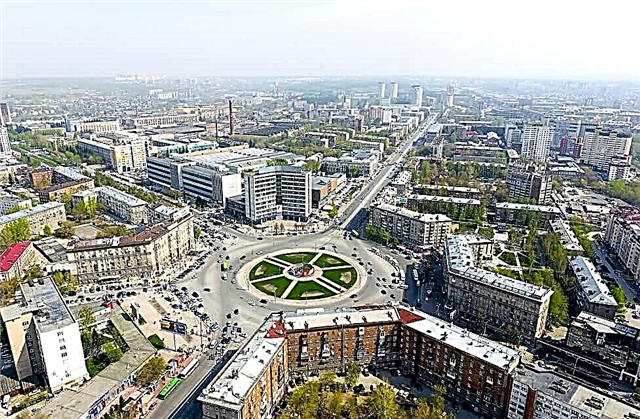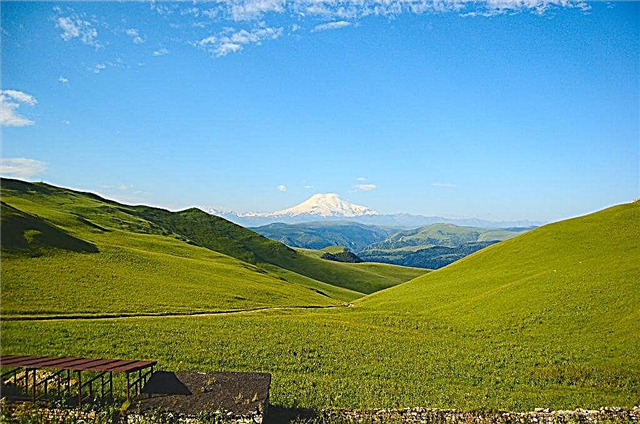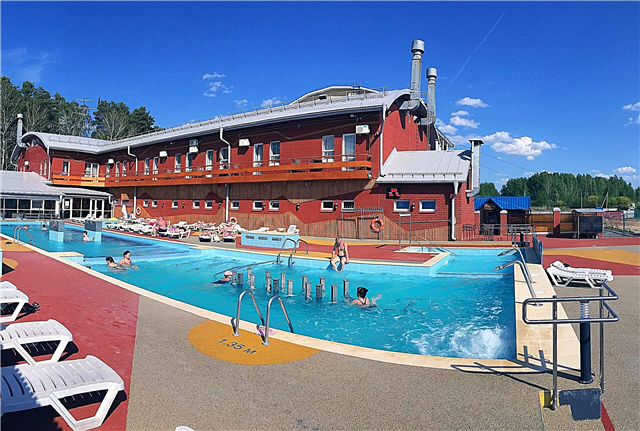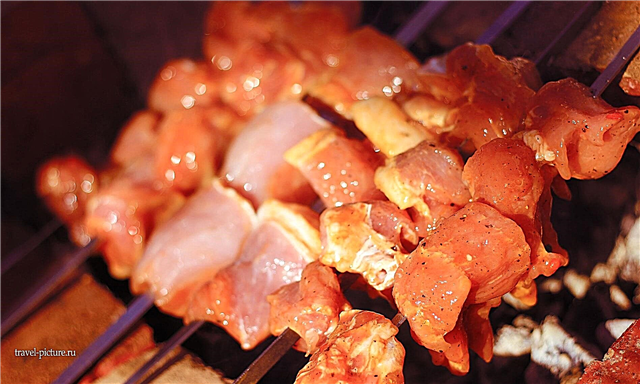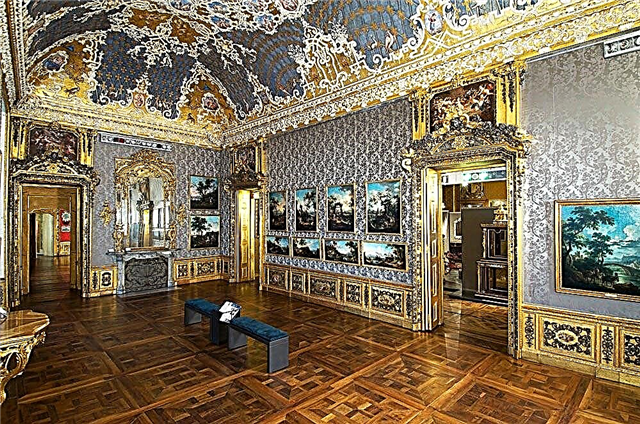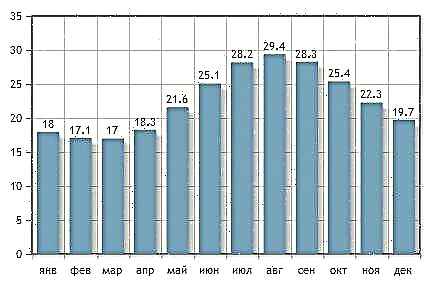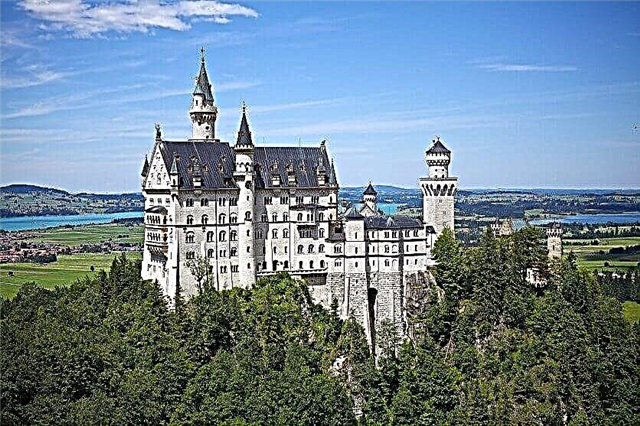According to the most rough estimates, there are about 300 castles in Bavaria. But it should be remembered that numerous Bavarian fortresses and palaces were built over 1000 years by different kings, representatives of noble families, archbishops. And if medieval buildings served only one purpose - the defense of possessions from encroachments, then later creations, built in the 16th-19th centuries, were created as country residences and summer palaces.
Tourists are especially delighted with the castles erected under Louis II - they are real architectural masterpieces and treasuries of fine art. Admirers of the austere Romanesque style and early Renaissance, on the other hand, will find the impregnable fortresses scattered among the picturesque Bavarian lands irresistible.
The most beautiful palaces and castles in Bavaria
Neuschwanstein
Towering against the backdrop of the mountains, Neuschweinstein is the pinnacle of architectural thought, music enclosed in stone, a harmonious symphony of beauty and grandeur. The castle was built for Louis II in the 19th century, having spent an astronomical amount for those times. The interior decoration of the palace competes in luxury with the external appearance - the walls are painted with scenes from German legends and tales embodied in the operas of the great Wagner: Lohengrin, Parzival, Tannhäuser.

Hohenschwangau
The first mentions of Hohenschwangau date back to the 12th century. It was built by knights from the Schwangau clan, which ceased to exist in the 16th century, at the same time the castle began to decline. The building was restored three hundred years later during the reign of Emperor Maximilian II, who attracted the best architects and artists for this purpose. After Hohenschwangau was rebuilt, it became the summer residence of the royal family. Today it is a museum open to all comers.

Kaiserburg
A powerful hilltop fortress located in Nuremberg. The construction of the Kaiserburg began in the 11th century, later the castle became a repository of royal relics of the rulers of the Holy Roman Empire. The architecture of the building is the embodiment of the power, asceticism and simplicity of the Romanesque style. It can be seen that in the Middle Ages, they were not concerned about beauty, but about the fortress's ability to withstand a siege. In the 15th century, the Imperial Gardens appeared around the complex, slightly softening its harsh appearance.

Feste Coburg
One of the largest and best preserved castle complexes in Germany, built in the Middle Ages. The first mention of it dates back to 1056. Feste Coburg passed from hand to hand more than once, representatives of the powerful ruling dynasties fought for him. From the 15th century until the Bavarian Revolution of 1918, it belonged to the family of the Dukes of Coburg. The complex of buildings was built in the Romanesque style. Today, there are collections of paintings, prints, weapons, sculptures inside.

Hohenachau
The building is located on the border with Tyrol in the commune of Aschau im Chiemgau. It was erected at the end of the 12th century and rebuilt several times, which is why you can see a mixture of Renaissance and Baroque styles in its modern look. Since the middle of the XX century, Hohenachau has been used as a tourist center, a museum is located on part of the territory, the other has been turned into a hotel, where guests enjoy living in historical interiors.

Marienberg
A 13th century fortress built by a local bishop to intimidate the people and defend against possible uprisings. The structure has a rather harsh appearance and from the side it really seems impregnable, surrounded by thick stone walls. Marienberg rises on a hill that used to be a pagan sanctuary in Celtic times. An arched bridge in the Romanesque style, built in the 16th century, leads to it.

Harburg
The castle is located in the town of the same name on the high bank of the river. Like many other defensive structures, it was erected in the Middle Ages for purely practical purposes. It managed to survive to this day in an almost unchanged form, only minor details have undergone reconstruction. On the territory of the fortress there are chapels, old houses converted into hotels, restaurants, a brewery and an observation deck.

Burghausen
A defensive structure near the border with Austria, the former residence of the Wittelsbach family and built, according to evidence, at the beginning of the 11th century. The castle rises above the Salzach River; earlier on this place there were Celtic, and later - Roman settlements. Burghausen suffered significant damage during the Napoleonic Wars, but by the end of the 19th century, the complex was restored. After another restoration work in the 1960s, a museum was placed on the territory.

Johannesburg
Against the background of a rather modest town, Johannesburg, built in the style of the German Renaissance, looks impressive. It was erected by the will of the Archbishop of Kronberg in the middle of the 16th century on the site of the burned down castle. The structure turned out to be symmetrical, with harmonious proportions and slender lines. There are multi-level towers on the sides of the building, and the roof is decorated with ornate decorative elements. Johannesburg is surrounded by a green park on the banks of the River Main.

Neuburg
Another residence of the noble family of Wittelsbach, adorning the Danube embankment in the city of Neuburg an der Don. The castle was built in the spirit of the Renaissance, some of its parts clearly gravitate towards the Italian classics, others retain the typical features characteristic of the German interpretation of this style. In the middle of the 17th century, Neuburg was reconstructed, adding bright baroque features to its appearance.

Trausnitz
At the beginning of the 13th century, Trausnitz was called Landshut and was a fortified city, under whose protection the inhabitants of the surrounding villages flocked. In 1475, the wedding of Duke George the Rich and Jadwiga Jagiellonka took place here - the Landshut wedding, which eventually turned into a local holiday, it is celebrated every four years. The interior decoration of the castle has not survived, as in 1961 there was a devastating fire here.

Parsberg
The castle was erected at the very beginning of the XIII century, but a century later it was destroyed by the army of Louis of Bavaria during the suppression of another uprising. Then Parsberg was quickly restored, and after 300 years - expanded. The second time the fortification was destroyed by the Swedes during the Thirty Years War. A castle of the 17th century has come down to us. In the period 1928-1974, the complex was rented out for various events, later the Museum of Folklore and Contemporary History of Bavaria was opened here.

Blutenburg
This is the place of exile for the Bavarian prince Albrecht, who dared to marry a commoner, which aroused the wrath of his father. The complex served as a hunting castle, and in the 15th century it was connected to the main residence of Nymphenburg through an alley. On the other sides, it is surrounded by the waters of the Wurm River, therefore it is practically on the island. Today, a library is located on its territory.

Plassenburg
Plassenburg, built in the 12th century, was the center of the principality of the same name for several centuries, which was ruled by the Hohenzollerns. The castle was besieged only once in the middle of the 17th century, after seven long months its garrison surrendered. Since the beginning of the 19th century, the complex has been used as a prison and a military hospital. Today, four museums are located under its roof and temporary exhibitions are held.

Abenberg
The castle was built by representatives of a noble Bavarian family - one of the most ancient and respected in the region. At first, a wooden fortress stood on the site of a powerful structure with stone walls. After the castle was inherited by the Hohenzollerns in the 13th century, it was rebuilt from stone. Over the next centuries, it was reconstructed, expanded and strengthened, as a result of which its appearance acquired features of different architectural styles.

Grunau
The Wittelsbach hunting lodge, built by Otto Heinrich for his wife in the middle of the 16th century. It is a relatively small building in the German Renaissance and Baroque style with white walls and a characteristic tiled roof. According to another version, it is believed that Grunau was erected in the 13th century, and then rebuilt, changing its appearance beyond recognition.

Wiesentau
Renaissance-style building, which was first mentioned in sources in 1062. Of course, due to the fact that Wiesentau was destroyed and rebuilt more than once, the original style has not been preserved. The architectural appearance of the castle was finally formed in the 16th-17th centuries. It is in this form that tourists can contemplate it today. Previously, the complex belonged to the Wittelsbach family, today museum collections are located under its roof.

Elmau
Compared to other Bavarian castles, Elmau has a short history - it was built at the beginning of the 20th century. Almost from the very beginning, it belonged to the philosopher and professor I. Müller, who by some miracle managed to save his property from confiscation after Hitler came to power. After the death of the owner in 1949, public holidays and concerts were held in Ellmau from time to time. Since 2007, the castle has become a five-star hotel.

Mespelbrunn
The Renaissance walls and round towers of the castle stand on the shore of the lake at the very edge of the water, symmetrically reflected on the surface of the mirrored surface. Behind the building is a magnificent park with numerous alleys and paths. These places are very picturesque, which is why many tourists flock here, it is not for nothing that Mespelbrunn is considered one of the most beautiful castles in Bavaria.

Staufeneck
Lonely it rises on a hilly slope overgrown with forest. In summer, its gray stone walls contrast with lush greenery for an even greater sense of privacy. It is believed that the castle was erected in the 13th century, and a century later it passed into the possession of the archbishops of Salzburg. At the moment, the building is privately owned. Since the early 2000s, a costume festival with a medieval fair has been held at the walls of Staufeneck.

Irmelshausen
The exact date of the castle's construction has not been determined. But there is evidence that in the XIV century it already existed and belonged to one of the noble families of Bavaria. After reconstruction in the middle of the 19th century, it acquired a modern look, which clearly shows the features of the traditional half-timbered building (the upper part of the walls) and the conservative German Renaissance (the shape of the roof and corner towers).

Falkenberg
The fortress of the XII century, which changed owners more than once during its long existence. For 500 years, until 1803, it belonged to the monastery, after which it became the property of the kingdom after secularization. Falkenberg was reconstructed in the late 1930s, until 2008 it was owned by the von der Schulenburg family, until the city authorities bought the castle and organized a cultural center on the territory.

New castle in Ingolstadt
Gothic castle of the 15th century, named "new" due to the fact that nearby is Herzogskasten - an old fortress of the 13th century. The complex was built after the return of Ludwig VII the Bearded from France. The duke really liked French architecture, so he wished to build something similar in his homeland. The last restoration of the castle took place in the 1960s; today, some of its structures are in need of renovation.

Altenburg
The first fortified structure on the site of Altenburg was built in the 10th century. By the 12th century, from a severe fortress, the castle turned into a palace for royalty, where kings and higher clergy gathered. In the 17th century, it became the center of the Duchy of Saxe-Altenburg. At the same time, its appearance changed significantly, which over time acquired the features of the Renaissance. However, some parts of the complex have retained their picturesque Gothic appearance.

Linderhof
The only dream come true of the romantic ruler Louis II, the monarch managed to wait until the end of the construction. Its interiors in the style of lush baroque and pretentious, even somewhere too pompous rococo are not inferior to the splendor of the halls of Neuschweinstein. They were painted by the best artists who could only be found in Europe. Linderhof gives the impression of a real fairytale palace.


